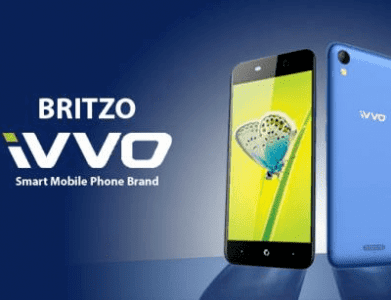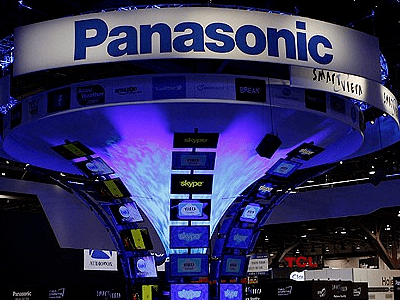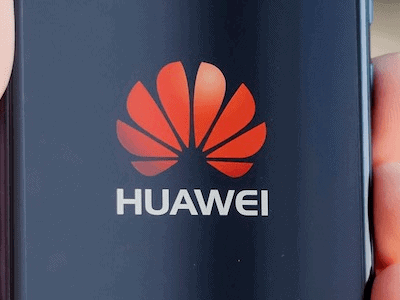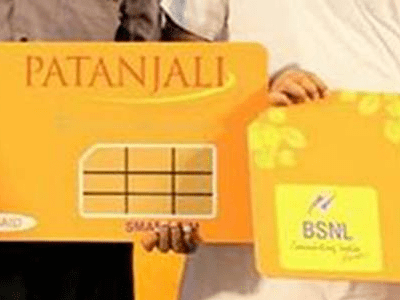Now that the veil has been lifted on the mystery shrouding Apple’s announcement of their next series of smartphones – the iPhone 5s and the ‘affordable’ iPhone 5c series, the way forward now looks clear. Or does it? The iPhone 5s is next in line to be the top-end smartphone from the Apple stable, and as expected it comes with some new features, enough to justify its claim to ‘top dog’ status! The notable additions include – a 64-bit A7 processor, the Touch ID finger-print scanner enabled secure log-in, three different colours, colourful cases, and an overhauled camera.
But, as with any ‘mature’ product, the iPhone is now going through what I call the ‘JND syndrome’, which implies that the perceived, noticeable difference in the latest version of the phone and its immediate predecessor is not substantial. It has now become difficult for an average, potential iPhone buyer to identify the ‘Just Noticeable Difference’ that would have him / her spend on the premium priced, new model. Customers are then justified in feeling a wee bit disappointed, when their wait for the next iPhone is not in sync with the enhancements / modifications included in the new model. Rather, this serves the interests of Apple’s competitors. Let me elaborate on this.
I have been observing this since the launch of the Apple iPhone 4. There has always been a large group of ‘aspirational’ smartphone buyers for the iPhone in India. Only Apple’s premium pricing has held them back from being able to purchase the device. So, this group plans their finances and start saving to be able to purchase their favourite iPhone. As soon as their savings reach a level that would allow them to actually purchase an iPhone, the market is again abuzz with news of the impending launch of a newer (and purportedly, better) iPhone model. This leads customers to put their purchase plans on hold. The media then starts reporting on a regular basis on the ‘expected’ versus ‘desirable’ features in the new iPhone model, and then start the sometimes ‘sensational’ arguments on the pros and cons and the debate heats up. This further shakes the buyers’ confidence.
In the meanwhile, strangely, or I would say very intelligently, competitors announce their new models with on-board features that astonish the market, be it screen size, camera resolution, display quality etc. The final nail in the coffin is the actual release of the new iPhone model. We see analysts and influencers writing about disappointments. This has now become a habit that repeats with such regularity, that we decided to actually coin a term for it to add to the lexicon of technical terms and product names – iDisappointment’! Eventually, the ‘aspirational’ buyer group who were ready to shell out around INR 15-20,000 for a smartphone now up-scale their savings and look for an alternative in the higher price range of say, INR25-30,000. This very often leads them to zero in on devices from Apple’s competitors. This is a typical example of how the Indian consumer has behaved over the last few years, and one of the major reasons why Apple’s market share in smartphones has always been in the range of 2-3% in the country, in terms of unit shipments. Another factor is the absence of dual-SIM support.
With this market dynamic playing out cycle after cycle, it becomes very important for Apple to widen the nature of enhancements in their new phone releases. Because of this continued phenomenon, Apple remains strong within its existing user base, who will upgrade only if the new iPhone model has a higher ‘JND quotient’.
Now, coming to the ‘solution’ launched by Apple in the form of the “emerging markets’ smartphone” – the iPhone 5c. For me, this has been a disappointment starting from price to many other features. It doesn’t really seem to be a solution for emerging markets like India. I feel the philosophy of Apple as put forward by the late Steve Jobs in one of his interviews to Business Week (25th May 1998) “But in the end, for something this complicated, it’s really hard to design products by focus groups. A lot of times, people don’t know what they want, until you show it to them”, is not paying here. India is a particularly complex, heterogeneous market and playing on price alone does not work at all. Understanding the consumer in this part of the world is very important at least and here is what I feel Apple has missed while designing the iPhone 5c (I will restrict my comments to the two most important ‘missing’ features from the point of view of a large number of Indian smartphone users):
a) Dual SIM: As has been proved by the acceptability of other smartphones in India from the likes of Samsung, Micromax et al, dual SIMs have a role to play in consumers’ lives and this is not going to go away for a while. Maintaining two separate professional and personal identities, for local and roaming network connectivity, for ‘hubbed’ network performance in different cities of a Service Provider are some of the factors that still work in favour a user preferring to own a phone with dual SIM slots. Adding this feature would definitely help to increase the appeal of the Apple iPhone to a large new, user base.
b) Detachable battery: iPhones introduced the concept of in-built batteries. But for a country like India we cannot imagine living in a moisture-free or dust-proof environment to live in. large parts of the country experience humid weather through the monsoon; unplanned city expansions happening close to where we live add to the dust and moisture in our immediate surroundings, proximity to agricultural land, open spaces and water bodies further complicate the picture. These may be facts of life from a distant South Asian country, but realities which Apple’s designers cannot and should not ignore. Phones having detachable batteries can be quickly put to ‘no power mode’ by simply removing and drying or cleaning the battery, in case it gets moisture-laden or in case it absorbs water. On the other hand, in-built batteries are required to be taken to Service Centres, by which time there is a lot of damage to the handset. Even though the customer may not end up losing any data, but it does add to his / her inconvenience. Moreover, the service and repair cost for the company increases and so does the reputation of failures and sudden shutdowns.
Further, while the iPhone 5c comes with multi-band LTE support, and is expected to be available in 100 countries across 270 carriers by December 2013, some leading operators in India have already stated that they may not be able to support LTE bands selected by Apple. So, while this is a good, futuristic feature to make available, if users in India cannot get the same experience as their counterparts in other markets, Apple’s investment may not yield the desired returns here. I feel Apple could have waited for the next refresh of the “emerging markets’ iPhone” before introducing this feature. A higher user base in India could have certainly offset Apple’s research and development costs, yielding much better returns in the long run.
To end on a lighter note, I wonder why Apple started their new series with a ‘5c’ and not with ‘1c’. The latter nomenclature could have started signalled a fresh beginning. One wonders, where the earlier variants ended up, perhaps existing only in concept drawings and product blue prints! Well, that can be the subject of another blog :).












